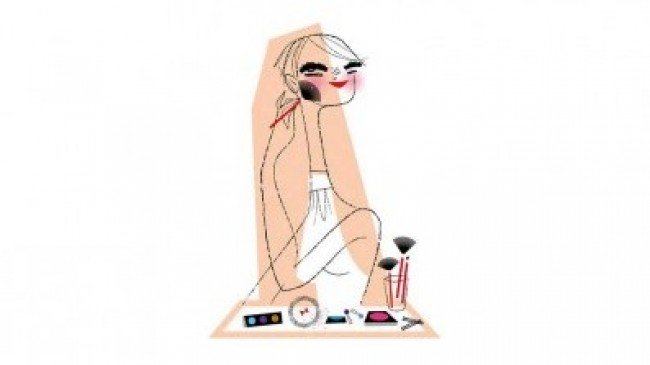
Contrary to popular belief, concealer is equally as important to your look as foundation is. Your eyes set the tone for the rest of your face and therefore, your cover-up should be flawless.
The most common and easily available type of concealer comes in a solid stick. The coverage can be heavy, so use a light hand. Sticks are easy to apply because of the packaging and can be carried in your purse for touch-ups. However, these products are generally drier than other forms and tend to settle in fine lines. This is why sticks are best suited for younger skin types.
For those with fine lines and dry skin, try the pot version instead. Pots tend to be substantially more moisturising. The creamy consistency means easier blending, and best of all, pot concealers don’t settle into or accentuate fine lines as much as sticks do. Coverage is medium to heavy, and buildable - great if you battle deep circles!
Concealers are also available in tubes and wands with brushes. These are the creamiest and most liquid form on the market. The coverage is lighter than other formulations, best for those with fine lines or wrinkles. However, lightweight coverage can be insufficient for dark circles. Beware if this is a concern for you.
Our recommendation: Women with dry skin should lean toward the most lightweight consistencies, while those with oily skin should reach for the solid sticks for better adherence and lasting power. If you are looking to cover blemishes and capillaries, use the sticks and pots, the drier texture lasts longer on breakouts. Creamier versions work better for the skin under the eye, where not much moisture is produced.
Once you’ve found the right formula, choose an appropriate shade by keeping a few factors in mind.
For example, how dark is the skin around your eyes, what are your undertones and most importantly, what if you don’t use foundation?
As with buying foundation, keep in mind that your skin tone changes from winter to summer so you may need two shades of concealer for the different times of year. Yellow-toned concealers work wonders on fair and medium skin tones. Orange-based colours are a great cover for dark or black skin tones.
The general rule of thumb is to choose a concealer one or two shades lighter than your foundation, depending on how dark your eye circles are. Don’t use foundation? A concealer that either matches your skin tone closely or is one shade lighter is best. Just be sure to never go lighter than two shades or your circles will appear gray cast, only drawing more attention to them.
Women, do yourself a favour and spend more than a minute when picking out your concealer. We don’t want to open the society pages of magazines and find you staring back at us as this week’s beauty faux pas. Pair the perfect colour with the correct consistency for your skin and you’ll be ready to rock it out at the next camera-happy party.
Published in The Express Tribune, July 16th, 2010.

1725443747-0/Untitled-design-(5)1725443747-0-165x106.webp)


1724238420-0/Untitled-design-(3)1724238420-0-165x106.webp)

1731671399-2/Express-Tribune-(12)1731671399-2-270x192.webp)
1731657220-1/Express-Tribune-(6)1731657220-1-270x192.webp)
1731654835-0/Express-Tribune-(5)1731654835-0-270x192.webp)








COMMENTS
Comments are moderated and generally will be posted if they are on-topic and not abusive.
For more information, please see our Comments FAQ